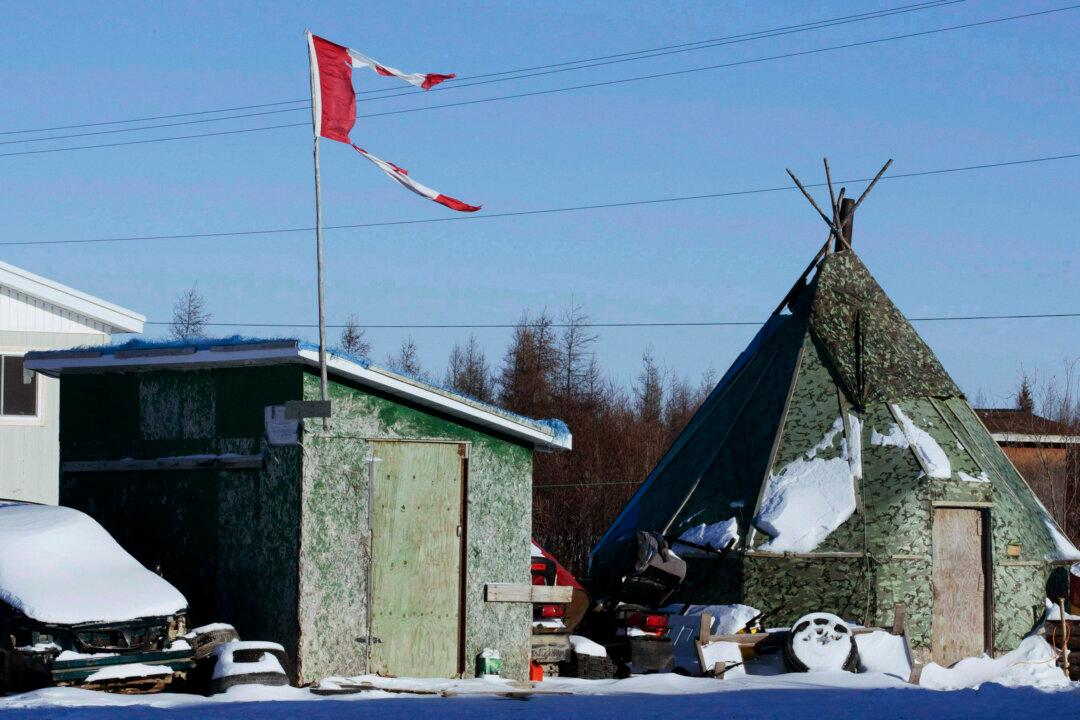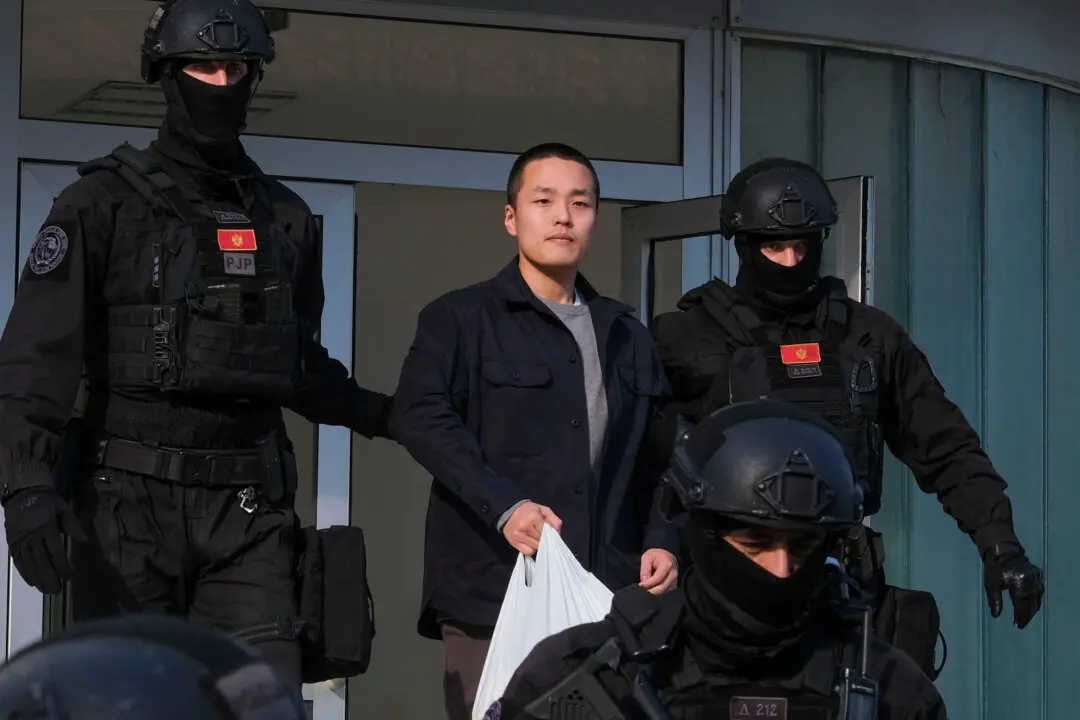TORONTO—Canada’s Parliament held an emergency debate Tuesday on a suicide crisis in a remote aboriginal community after 11 people, nine of them minors, attempted suicide over the weekend and more than a dozen youths were overheard making a suicide pact.
Lawmaker Charlie Angus, who represents the northern Ontario community of Attawapiskat, said in Parliament that the crisis has shocked the world and people are asking how Canada can leave so many people behind. Attawapiskat, population 2,000, declared a state of emergency Saturday. There have been about 100 suicide attempts since September and at least one death.
Anna Betty Achneepineskum of the Nishnawbe Aski Nation, which represents 49 aboriginal communities in Northern Ontario, said police brought 13 youths, including a 9-year-old, to a hospital on Monday for an evaluation after they were overheard making a suicide pact.





